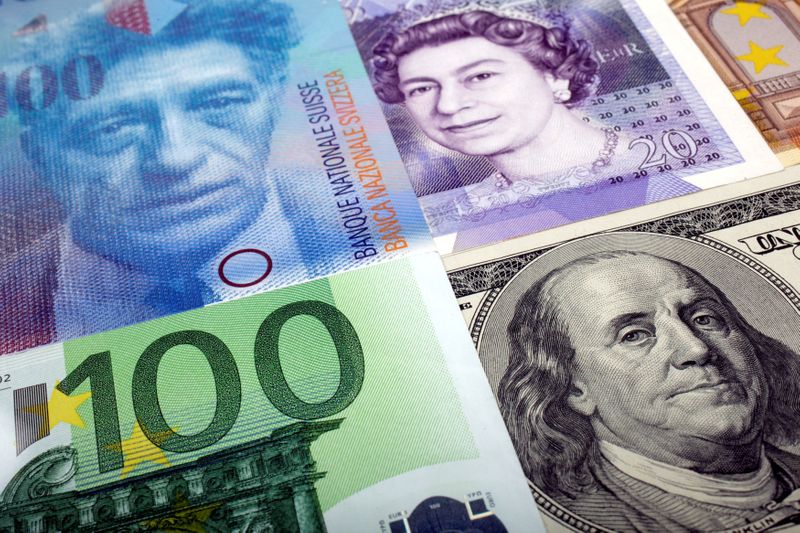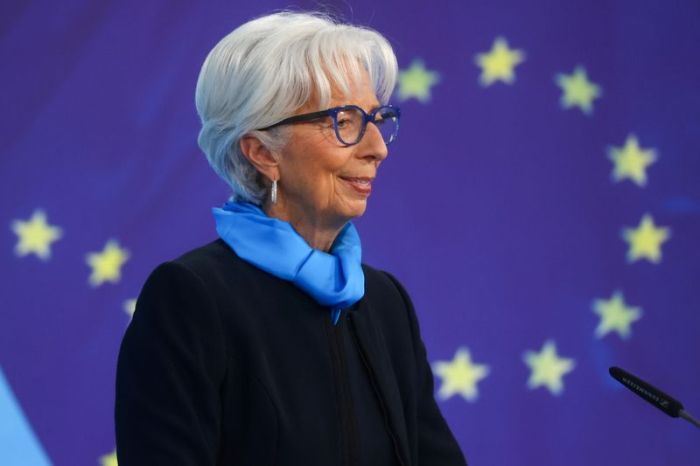NEW YORK (Reuters) -The dollar edged higher against safe-haven currencies such as the yen and Swiss franc after reassuring news on the Omicron COVID-19 variant, while units like the Australian dollar that had weakened in recent weeks on growth worries also advanced.
U.S. Treasury yields rose and stocks gained after news that initial observations suggested Omicron patients had only mild symptoms, reversing some of Friday’s heavy selloff.
While Omicron has spread to about one-third of U.S. states as of Sunday, Dr. Anthony Fauci, the top U.S. infectious disease official, told CNN that “thus far it does not look like there’s a great degree of severity to it”.
“The absence of negative developments surrounding Omicron over the weekend appears to be helping markets stabilize today after the dramatic moves at the end of last week,” Marc Chandler, chief market strategist at Bannockburn Global Forex, said in a note.
The dollar climbed 0.5% against the Japanese yen and rose 0.9% against the Swiss franc. The yen and the franc typically draw investors looking for safety when economic or geopolitical tensions rise.
The dollar fell 0.3% against the Japanese currency on Friday..
The greenback’s losses on Friday had also followed a below-forecast jobs report, though the data did little to shake market expectations the Federal Reserve will accelerate the pace of unwinding stimulus and raise interest rates, starting next year.
The U.S. Dollar Currency Index, which measures the greenback against six rivals, was 0.1% higher at 96.309, not far from the 16-month high of 96.938 touched late last month.
Investors have grown more bullish on the dollar in recent weeks, with net long bets on the greenback climbing to the highest level since June 2019, data from the U.S. CFTC showed on Friday.
Meanwhile, the Australian dollar rose as much as 0.64%, rebounding from the 13-month low hit last week.
Russia’s rouble slipped into the red in late trading on Monday after U.S. President Joe Biden warned his Russian counterpart Vladimir Putin of severe economic consequences in case of a Ukraine invasion ahead of a call between the two men on Tuesday.
The Canadian dollar strengthened against its U.S. counterpart on Monday as oil prices rose and attention turned to a Bank of Canada interest rate decision this week, with the currency recovering from its lowest level in more than two months.
Elsewhere, cryptocurrencies nursed big losses from a wild weekend that at one stage crushed bitcoin more than 20%. Bitcoin slipped 0.6% to around $49,166.35 on Monday.
(Reporting by Saqib Iqbal AhmedEditing by Paul Simao/Mark Heinrich)


























